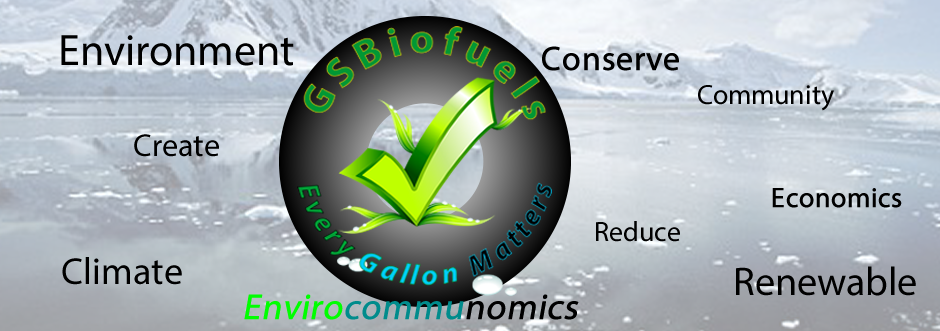Approximately 27,000 farmed salmon have escaped from a farm off the Norwegian coast.
Global seafood company Mowi is offering a reward to fishers who catch the escaped salmon in what environmentalists said was a “disaster for wild salmon,” reported The Guardian.
The largest salmon producer in the world, Mowi is offering a bounty of approximately $44.65 for each salmon caught. The seafood giant said the fish — one-quarter of its 105,000 farmed salmon population — escaped during a storm at the Storvika V facility in Troms, Norway.
The Norwegian Directorate of Fisheries was onsite to supervise and follow up with the incident.
“We would like the public to tip us off about catching and observing farmed salmon in the area,” said the Directorate of Fisheries, as Fish Farmer reported.
The severe storm reportedly damaged the outer ring of a cage where the salmon were kept. A mooring was also believed to have caught fire.
The escaped salmon’s average weight was 12.1 pounds, according to the fisheries directorate, reported The Guardian.
The Norwegian authorities on Monday issued an order for the expansion of the company’s recapturing efforts.
“Normally, fish farmers are only allowed to conduct recapture operations within a 500-metre zone around the facility in the event of an escape. However, based on the potential scale of this incident, Mowi was instructed to extend recapture efforts beyond this zone,” said Vegard Oen Hatten, fisheries directorate spokesperson, as The Guardian reported.
Environmentalists say escaped salmon present big environmental concerns, such as reducing the genetic diversity of wild salmon, intensifying competition for spawning grounds and increasing sea lice infections.
“27,000 farmed salmon on the run is a disaster for wild salmon,” said Pål Mugaas, spokesperson for Norske Lakseelver (Norwegian Salmon Rivers). “Science has proved that interbreeding between wild stocks and farmed salmon produce offspring that in the long term has low survival rate in nature.”
Pal Mugaas, head of communications for the charity Norwegian Salmon Rivers, said he was “very afraid” that the aquaculture company Scottish Sea Farms would hasten the wild salmon’s decline with its plans to build large open-pen “ocean farms” in Scottish waters
— Times and Sunday Times, Scotland (@timesscotland.bsky.social) February 3, 2025 at 7:02 AM
[image or embed]
Norway exports 1.32 million tons of farmed salmon each year, which is a problem for wild salmon. During the summer of 2024, wild salmon numbers fell to a historic low, leading to the closure of salmon fishing in 33 rivers. This summer three fjords and 42 rivers have been submitted for closure.
Farmed salmon have been classed as a major threat to wild salmon by the Norwegian Atlantic salmon scientific advisory committee. Two-thirds of Norway’s wild Atlantic salmon stocks are thought to have experienced genetic interference from escaped farmed salmon.
“[F]armed salmon are made to be fat and slow and be effective for the industry,” said investigative reporter Simen Saetre, as reported by NPR. “When they mate with the wild salmon, then also the wild salmon becomes slow and fat and easy to catch for predators.”
Andreas Bjelland Eriksen, Norway’s environment minister, ruled out an open-net fish farming ban last month, despite acknowledging the existence of an “existential threat” to wild North Atlantic salmon, as The Guardian reported.
Eriksen instead said the plan was to look for an “acceptable” pollution level for wild salmon.
Mowi called the escaped salmon situation “serious,” saying that registered fishers who recaught the fish could deliver them to “reception centres” around the area in exchange for their bounty.
“Mowi would like to extend its sincere thanks to the Coast Guard Ship Svalbard, and a number of other organisations and companies in addition to the very dedicated employees who participated in the operation under very demanding weather conditions,” the company said, as reported by Fish Farmer.
The post 27,000 Farmed Salmon Escape From Seafood Company off Norwegian Coast, Threatening Wild Fish appeared first on EcoWatch.




